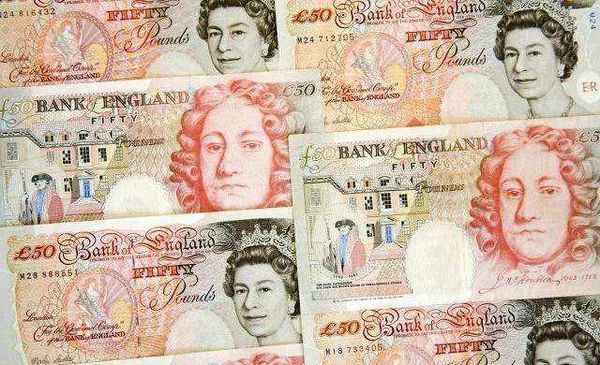The British pound, represented by GBP/USD, has faced a significant decline as a result of risk aversion and disappointing manufacturing activity data, leading to doubts about economic growth and policy implications.
The British pound, which recently reached a two-week high, encountered a sharp sell-off due to the ongoing contraction of UK factory output for a second consecutive month. The bleak outlook for demand, both domestically and internationally, has negatively impacted the pound’s performance.
The manufacturing and industrial production in the UK both showed a decline in August. The monthly industrial production saw a shrinkage of 0.7%, surpassing expectations of 0.2%. Simultaneously, manufacturing production fell by 0.8%, double the predicted 0.4% drop.
Although the monthly Gross Domestic Product (GDP) data indicated a growth of 0.2% in August, in line with expectations, it did little to offset concerns about the UK economy’s overall performance. In July, GDP had contracted by 0.6%.
The economic challenges facing Britain, such as labor shortages, high interest rates, persistent inflation, and strained trade relations with the European Union, have positioned the country unfavorably compared to other Group of Seven (G7) economies.
In September, the Bank of England unexpectedly paused its series of rate hikes after increasing rates 14 times to reach 5.25%, reflecting policymakers’ apprehensions about the nation’s economic outlook.
Bank of England policymaker Swati Dhingra has expressed support for cutting interest rates if economic growth deteriorates further. She believes that the UK economy has reached a plateau, with a quarter of the impact of rate hikes already absorbed.
With the weak factory activity data and an uncertain economic recovery, the British pound is likely to continue its downward trajectory.
Investors are closely monitoring upcoming data on August labor market performance for additional insights into the UK’s economic health.
The sentiment in the market became cautious following the release of U.S. inflation data for September, which exceeded expectations.
The overall market sentiment, influenced by stronger U.S. inflation data, has led to increased demand for the U.S. dollar, affecting the GBP/USD pair.
The article provides an overview of the factors contributing to the sharp sell-off in the British pound, including poor manufacturing data and economic concerns. It also highlights the impact of the Bank of England’s policy decisions on the pound’s value and discusses the economic challenges facing the UK.


